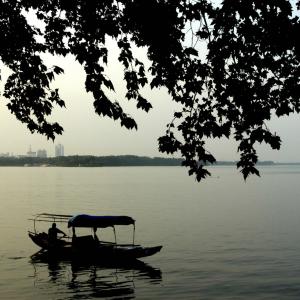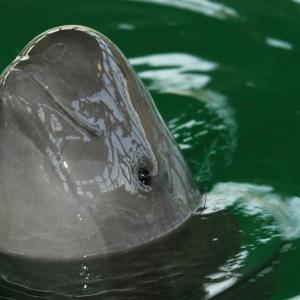The extensive lakes and wetlands of the Yangtze river basin are vital for people and nature. They keep the whole Yangtze ecosystem functioning, which in turn provides hundreds of millions of people with vital services like clean water, fresh fish and protection against floods.
They’re also home to many unique species, including the critically endangered Yangtze finless porpoise and Chinese alligator. Around a million water birds from over 100 species call in every winter.
Unfortunately, many lakes and floodplain wetlands have been lost, degraded, or cut off from the main river. Though many wetlands are protected by law, in practice many aren’t looked after effectively. That’s what we're working to change.
As part of our work with the HSBC Water Programme and along with the Chinese State Forest Administration, we set up the Yangtze Basin Protected Area Network in 2004. The network offers training, workshops, research, funding opportunities and other support to help local government staff to manage protected wetland areas better.
Alongside this, we’ve set up “nature schools” in 50 protected wetlands. These are a way of getting people of all ages interested and involved in their local wetlands through conservation work and other activities. That might mean school children participating in a wetland festival, volunteers taking part in a bird survey, or staff from a local business planting reedbeds and clearing trails as a team-building exercise.
Over 250 protected areas are now members of the network, meaning that wetlands covering more than 290,000sq km are now being managed well. And the general public, businesses and decision-makers in government increasingly recognise the importance of wetlands in the Yangtze and other parts of China – they now receive more support for conservation and better legal protection.
Read the case study (2017) PDF
 The Yangtze - Asia’s longest river
The Yangtze - Asia’s longest river
 The Yangtze River finless porpoise
The Yangtze River finless porpoise
 The Ganges: India's sacred river
The Ganges: India's sacred river